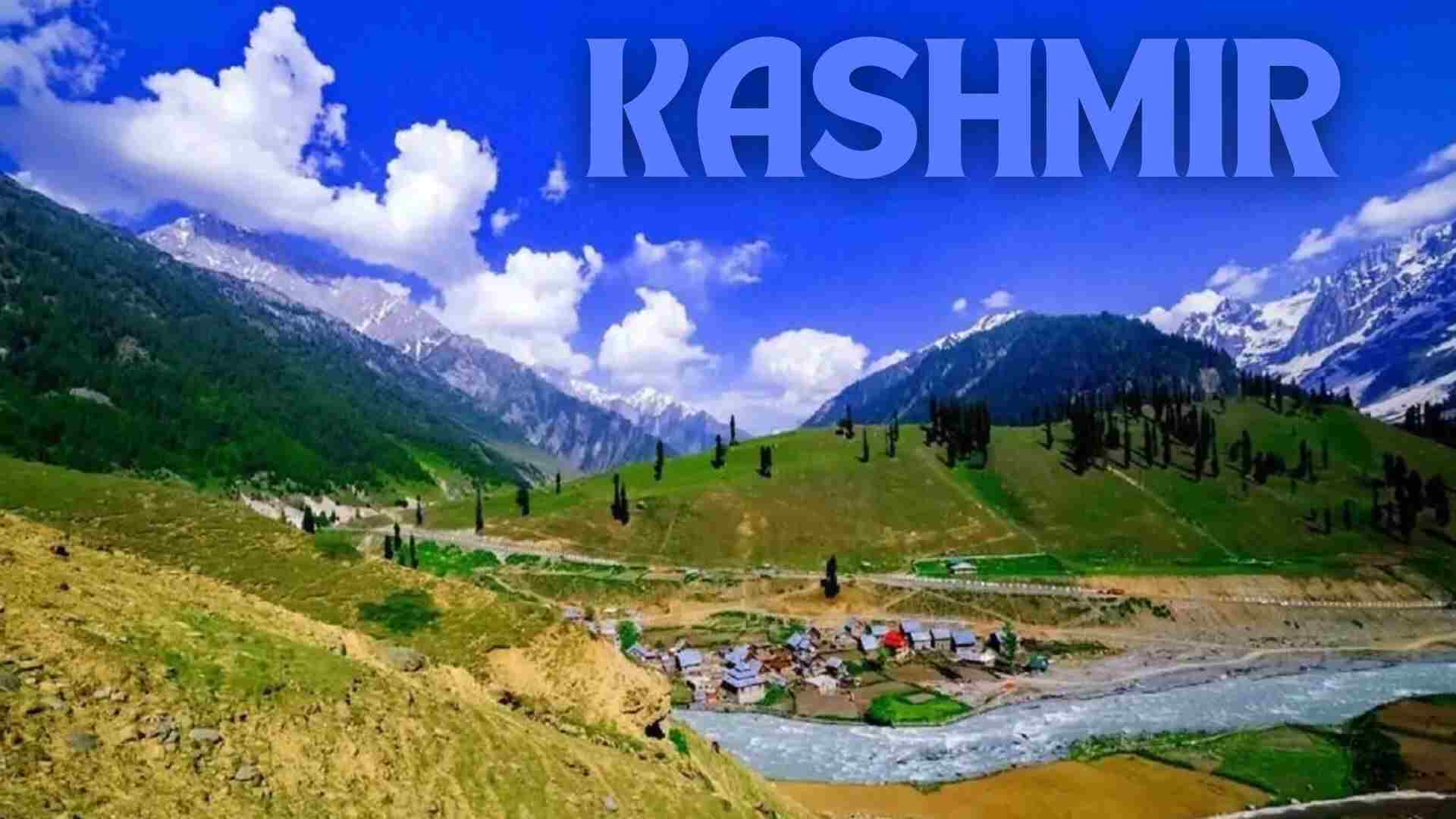
In the budget for 2022-23, India allocated $23 billion for Kashmir, whereas Pakistan managed only a meager one billion dollars. The area has deteriorated significantly, appearing desolate and neglected.
In the last ten years, India’s strong economic expansion has led to increased allocation of resources to the region of Kashmir under its administration. In contrast, Pakistan has experienced a severe economic downturn, resulting in PoK relying heavily on overseas remittances.
India holds dominion over two-thirds of Kashmir, an area characterized by lush valleys and majestic mountains renowned for their stunning beauty. On the other hand, PoK, especially the Gilgit-Baltistan region, showcases awe-inspiring landscapes; however, its average altitude exceeding 15,000 feet makes it a rugged and less fertile terrain.
Pakistan’s control over one-third of Kashmir presents a complex situation. Although Pakistan views Pakistan-occupied Kashmir (PoK) as strategically crucial, its economic sustainability is questionable due to limited industrial development and challenging terrain, necessitating significant subsidies for its upkeep.
The increasing protests on the streets of Pakistan-administered Kashmir (PoK) have drawn attention to the deepening dissatisfaction in the area, which has been fueled by around 75 years of mismanagement by the Pakistani authorities.
For generations in PoK, there’s been reliance on handouts and growing hardship. Key differences include road connectivity for trade and a skilled workforce through education and training. While India has been on a relentless road-building spree in Kashmir. Udhampur in Jammu ranks as the third highest district in road construction in India over the last five years. The chasm between the two enclaves is now approaching unbridgeable proportions.
Moreover, PoK resents control by proxies and the Punjabi elite and opposes Chinese involvement in power projects seen as exploiting Kashmiri assets. Corruption mars Pakistan’s industrialization efforts in PoK.
New Delhi outspends Islamabad significantly, making comparisons between the two regions untenable. Projections for 2023–24 show Kashmir’s GDP growing by 10%, surpassing India’s national average. Indian Kashmir has four airports to PoK’s two, with twelve times more air traffic. It also has nearly ten times the hospital beds and a lower inflation rate of 8%, contrasting starkly with PoK’s 37%.
India should capitalize on Kashmir’s successes. A recent F4 race near Dal Lake in Srinagar highlighted the region’s beauty, impacting Muzaffarabad, PoK’s capital, to its detriment. This could pose unforeseen challenges for Islamabad in Kashmir, underscoring the need for India to navigate its Kashmir strategy adeptly.